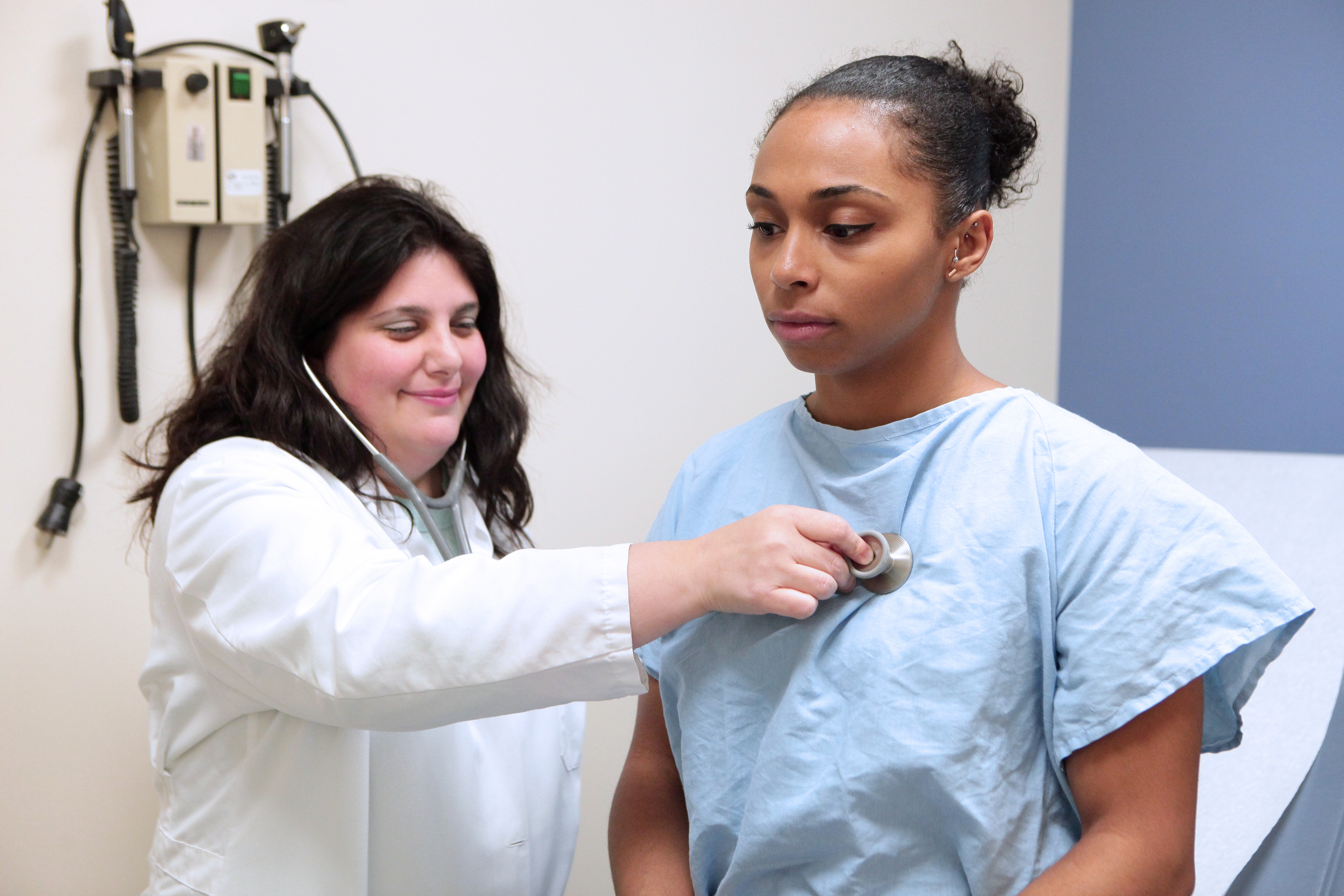
Ready or Not? Assessing the Capacity of New York State Health Providers to Meet the Needs of Veterans
By
RAND Corporation
Funding Area
Veterans’ Health
Date
March 1, 2018

This report by the RAND Corporation, funded by NYHealth, found that only about 2% of the physicians and other health care providers in New York State are equipped to provide timely, high-quality care to veterans in the community.
Scoring the civilian medical workforce across seven measures of readiness to treat veterans, the study found that most providers fell short on items such as being familiar with the military culture or routinely screening for conditions common among veterans. Earlier RAND research found that about half of New York’s veterans prefer to get care in their own communities, rather than at the VA; this latest report shows that community-based providers are not well prepared to meet the unique needs of veteran patients.
The study is the first to gather information about the readiness of community-based providers across a wide array of professional types (physicians, physician assistants, nurse practitioners, mental health providers, and physical and occupational therapists) to address the health needs of veterans. The issue is especially important because federal officials are considering the future of the Veterans Choice program, which encourages more veterans to use their benefits to receive care in the community rather than from the VA health system.
The report recommends four steps to improve private providers’ readiness to treat veterans:
- Increase familiarity with and preparedness related to military culture and service-connected health conditions.
- Improve screening.
- Improve engagement with VA and available resources for veterans.
- Institute quality monitoring.
Read the report brief.
Read the full report.
View the appendixes.